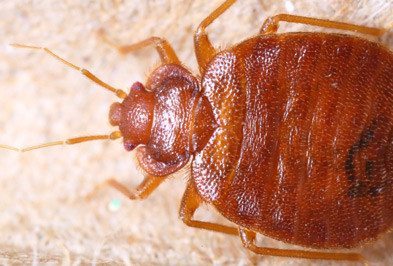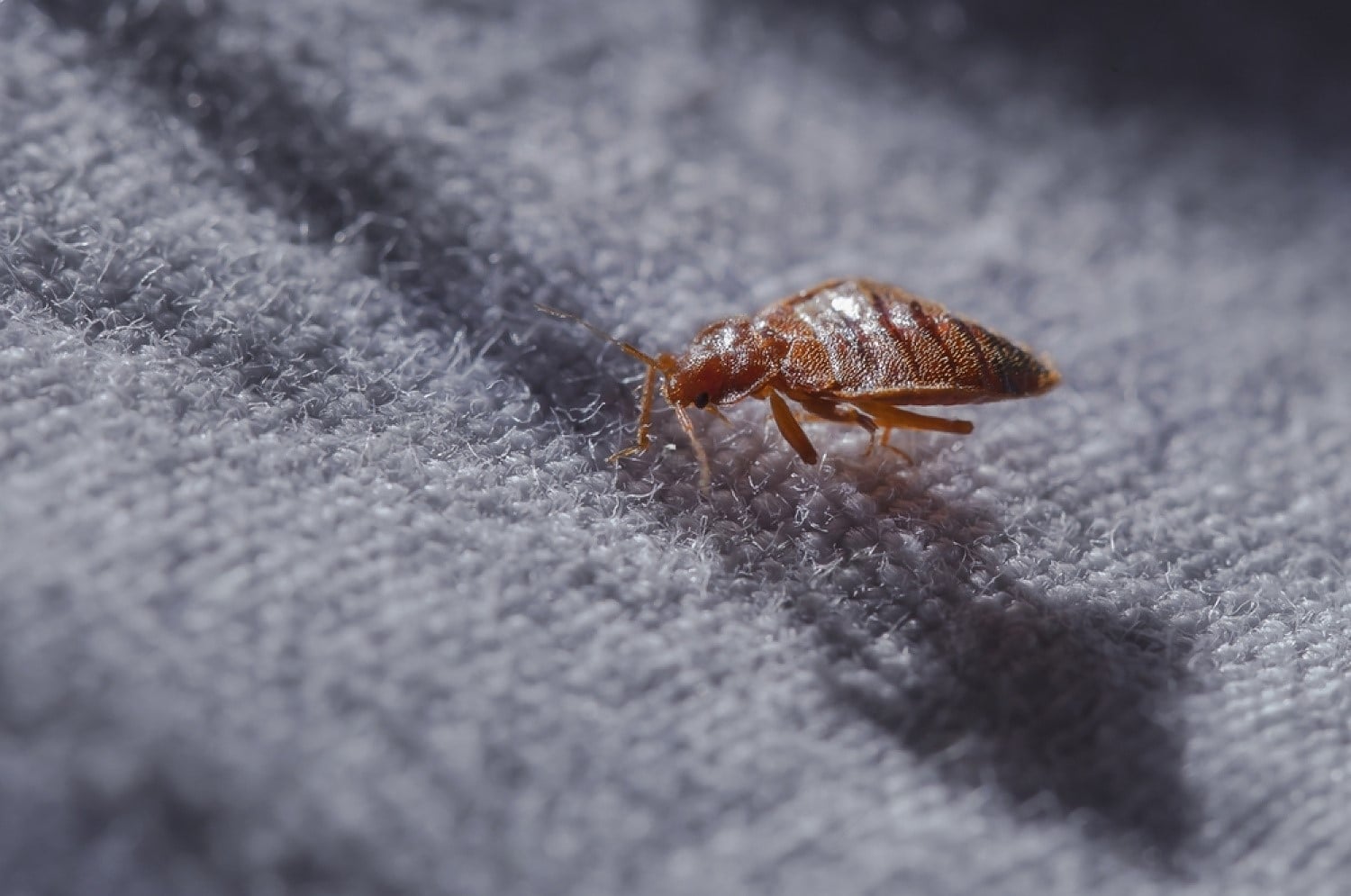Understanding the Lifecycle of Pests for Targeted Control Approaches
Understanding the lifecycle of pests is a basic facet of efficient pest monitoring methods. By comprehending the numerous phases of development that parasites go through, a more targeted and precise method can be adopted to regulate their populations. This expertise not only sheds light on the susceptabilities within the insect lifecycle yet likewise leads the method for implementing critical steps that can interrupt their growth and recreation cycles. With a much deeper understanding of exactly how pests progress and thrive, customized control strategies can be made to deal with details points in their lifecycle, eventually leading to even more successful insect monitoring results.
Value of Recognizing Parasite Lifecycle
Understanding the lifecycle of bugs is crucial for developing effective and targeted control methods in bug monitoring. By comprehending the various stages a bug experiences from egg to grownup, parasite control professionals can identify weak spots in the lifecycle where treatment can be most effective. For example, recognizing when larvae are most energetic can aid determine the optimal timing for applying larvicides. Furthermore, comprehending the life expectancy of a bug types can help in anticipating population growth patterns and prospective infestation risks.
Furthermore, recognizing the details ecological problems required for each phase of the bug's lifecycle can assist decisions on habitat alteration or exemption methods to minimize and interrupt the lifecycle pest populaces. This understanding allows pest management specialists to execute proactive actions instead of relying only on reactive treatments, causing more lasting and long-lasting insect control solutions. Inevitably, an extensive understanding of pest lifecycles encourages insect control practitioners to customize their strategies properly, reducing ecological effects and making the most of control end results.
Secret Phases in Parasite Advancement
To efficiently carry out targeted control strategies in pest management, a crucial facet lies in comprehensively identifying and understanding the essential stages in bug advancement. Bug advancement normally is composed of numerous vital stages that are important for their lifecycle and monitoring.

Vulnerabilities in Pest Lifecycle
Throughout the various phases of a parasite's lifecycle, unique susceptabilities arise that can be purposefully targeted for reliable control procedures. One important susceptability depends on the egg stage, where pests are often more at risk to particular pesticides or biological control agents as a result of their soft external shell, making them simpler targets for intervention. In addition, the nymph or larval stage presents susceptabilities as bugs go through rapid development and growth, needing high energy intake that can be made use of by disrupting their food resources or presenting growth preventions. Pupal phases, characterized by stability and improvement, provide a window for targeted control via physical barriers or details therapies that hinder effective introduction. Adult bugs, while more resistant due to their reproductive capacity, can still be at risk during breeding or egg-laying activities, which can be interfered with through scent traps or sanitation techniques. Comprehending these vulnerabilities in the parasite lifecycle is essential for establishing precise and effective control strategies that successfully take care of insect populaces while minimizing ecological influence.
Executing Targeted Control Steps

Implementing targeted control procedures typically includes a multi-faceted strategy. This may include environment alteration to make the environment less welcoming to parasites, such as removing standing water for mosquito control or securing access points for rodents. Furthermore, organic control approaches can be utilized, where natural predators or microorganisms are presented to maintain pest populations in check.
Integrated Pest Monitoring (IPM) methods that integrate various control measures in a worked with and lasting way are frequently the most effective in attaining long-lasting pest monitoring objectives. By executing targeted control measures based on a detailed understanding of bug lifecycles, insect populations can be properly managed while minimizing threats to human health and wellness and the environment.
Improved Insect Monitoring Practices

In addition, the consolidation of biological control representatives, such as natural killers or pathogens of bugs, can help lower reliance A1 Bed bug exterminator houston LLC on chemical pesticides and advertise a more well balanced community. Applying physical barriers and catches can also become part of enhanced bug management methods, supplying non-toxic and targeted remedies for pest control. Furthermore, making use of pheromones and various other semiochemicals can disrupt pest breeding patterns and interaction, causing decreased insect populations gradually.
Conclusion
By identifying essential stages in insect advancement and susceptabilities in their lifecycle, targeted control procedures can be applied to decrease parasite populaces. Boosted parasite monitoring techniques can aid lower the dependence on broad-spectrum chemicals and advertise even more lasting and ecologically friendly pest control methods.
Understanding the lifecycle of pests is essential for developing effective and targeted control approaches in parasite monitoring. By understanding the different stages a pest goes through from egg to grownup, parasite control experts can determine susceptible points in the lifecycle where treatment can be most effective. Inevitably, a detailed understanding of bug lifecycles encourages insect control experts to tailor their strategies properly, maximizing and decreasing environmental impacts control end results.
By carrying out targeted control steps based on a thorough understanding of parasite lifecycles, insect populations can be properly managed while minimizing threats to human health and wellness and the setting.
By determining key phases in insect growth and vulnerabilities in their lifecycle, targeted control measures can be carried out to reduce parasite populations.
Comments on “A1 Bed Bug Exterminator Houston: Quick Removal Solutions”